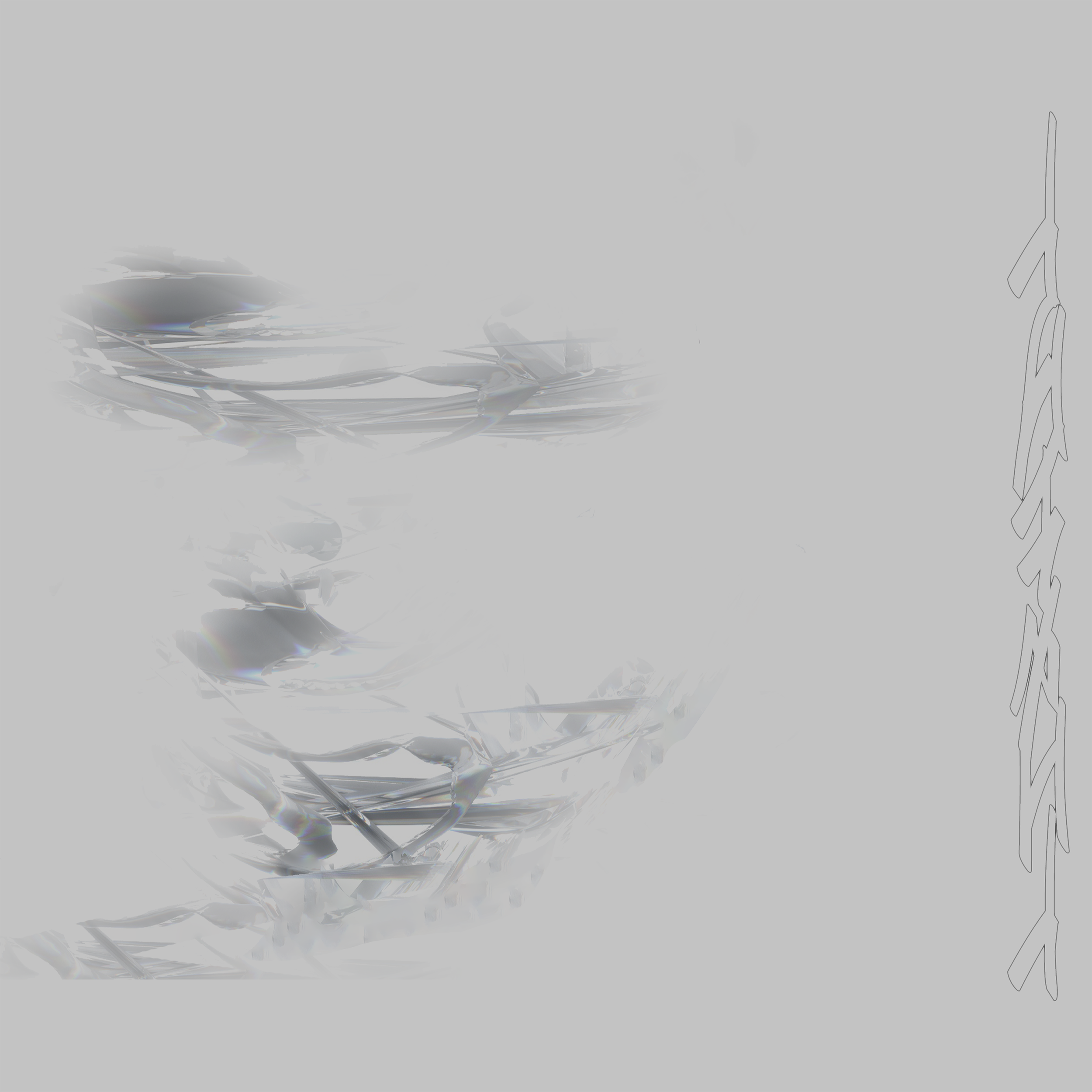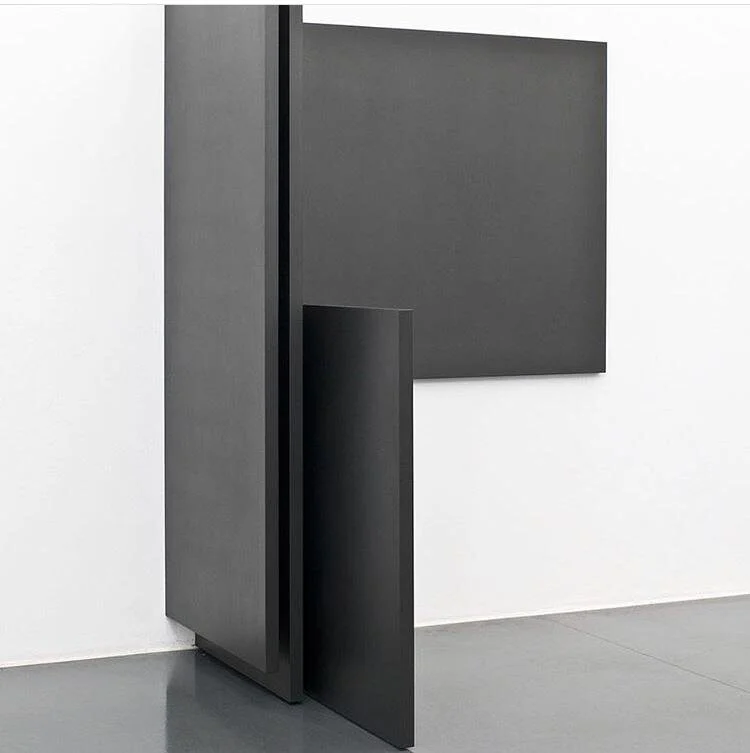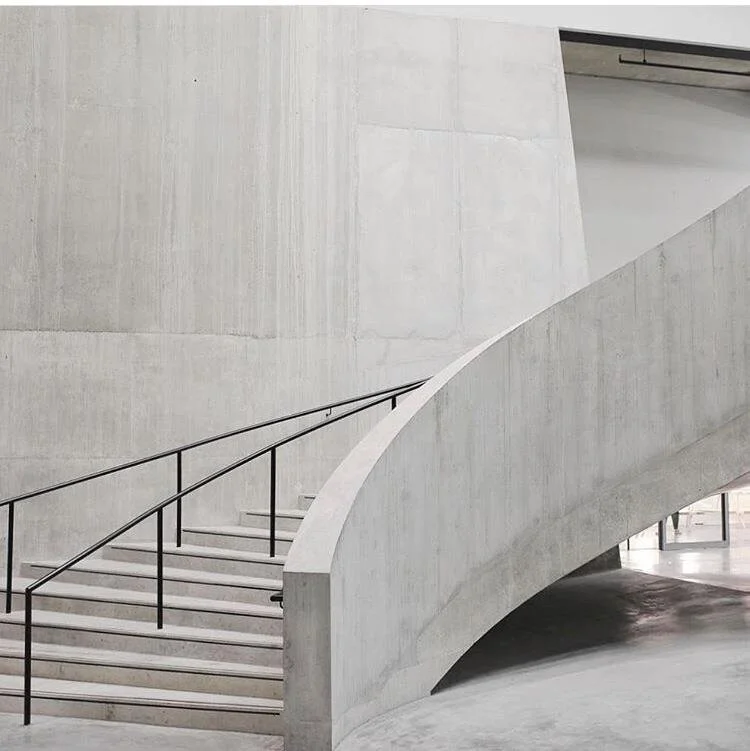Sadan on Pushing Boundaries in Contemporary Music
Sadan, an audio-visual label based in Tel Aviv, was established at the beginning of 2020, with the aim to push boundaries in contemporary culture. The group consists of five members, each bringing their experimental touch to the table with unique sounds and aesthetics.
Their distinct visuals are characterized by muted graphics, subdued hues, and delicate inscriptions, while their audio work is equally melodic as it is rhythmic. The dynamic group is known for juxtaposing these pulsing sounds alongside their faint imagery.
We took some time to chat with Ohad Peleg, lead member of Sadan, to learn more about redefining the new wave of experimental tunes.
anis7k
Karin Kimel
gggaaallleeerrryyy: Who is part of the group, and how did you come together?
Ohad Peleg: Me (Ohad Peleg), Karin Kimel, Ilan Hertzog (hrzg), Eric Varshavsky (Request Lorraine), Tom Segev (anis7k).
I was part of a local label called Tamvin that disbanded around 2018. In the year after, I received demos from different new artists, but there weren't any local platforms that felt right for their music. That’s how Sadan started, I felt that I needed to preserve something from the attitude that Tamvin left, which challenges conservative approaches to DJing and electronic music production.
I met Karin and Tom a few years ago, and it felt natural that they should accompany Sadan’s showcases with live visual performances. They are both into digital excessiveness and post-humanist aesthetics, which complement the label’s music and atmosphere. Ilan and Eric are more focused on producing music, but there are no clear roles in the label, as all of the members are creating visuals, DJing, and making music in a way.
ggg: Sadan combines visuals with audio - how would you define your aesthetic?
OP: Personally for me, it is important to visually communicate with similar collectives as a statement of intentions. As for Sadan’s internet presence, I wanted to avoid the 3D overload that defines similar global niches. Right now, the label’s aesthetic is borrowed from contemporary product and fashion design.
Some of the images included in Sadan’s mood board were a picture from C2H4’s #R001 runway, space grey apple products, and fetishistic photos of concrete structures. All these references have some common notion of cleanliness that leaves no room for colors outside of the monochrome pallet, which feels too aesthetically perfect for applying to the real world. It is cold and technical, and it emphasizes the gap between this kind of clean, futuristic design to human imperfections. This tension is present in Sadan’s works, and it felt right to apply this idea to the label’s visual package.
When it comes to Sadan’s showcases, Tom and Karin will take the live visuals to wherever they feel at the moment, it expands the label’s visual interests past its internet presence.
Karin Kimel
anis7k
ggg: What do you try to convey through your work?
OP: Our main goal is to be a platform for artists who are interested in the mutation of experimentation and more accessible forms of art. It applies to the label's aesthetic vision, our releases, and the mix series.
Sadan’s aesthetic communicates with the visual history of the global scene we see ourselves a part of. It’s our take on this dialogue in a sense. Similar visions already found their way to mainstream pop music that brands itself as “weird” or “edgy.” So in this sense, this aesthetic became more commercial.
I think it smooths out the first encounter with Sadan for a significant number of listeners, at least for those who got familiarized with this style through pop and are less familiar with more “challenging” music. I don’t see Sadan as an experimental platform; there will always be something relatively accessible.
That’s why I think that sharing aesthetic similarities with contemporary pop feels very organic for us. Part of the platform’s aim is providing some visual “accessibility” to music that is trying to push the boundaries. As I mentioned, I believe it makes the first encounter with Sadan a bit more inviting and less intimidating, but maybe I’m naïve.
ggg: Your work expands across the club scene, music industry and internet sphere, how do you merge all three aspects together?
OP: Sadan is part of a visual and musical internet dialogue that is rapidly changing and evolving. All of the artists who are part of the platform have their own individual responses to this dialogue and are inspired by similar global scenes. Anis7k draws influence from the Chinese label “Genome 6.66 Mbp”, Request Lorraine’s music communicates with electronic music that comes from the UK, such as the label “Modern Love,” and I’m more into ideas that come from berlin’s area like the “Janus” collective. These global scenes have similarities in their approach to DJing and music production. There are aesthetic differences, but they share a similar attitude.
These ideas come to a realization in physical spaces at the end of the day, in Sadan’s case, through the label’s events. We take the space we are invited to into account, we usually ask ourselves questions such as, how do we build a lineup that equally respects the venue and the label's vision?
We play in both DIY and commercial spaces, so we also consider the music selection according to the venue. I don’t see it as something restrictive - Sadan is not just one thing. It's important for us not to bound ourselves to a specific kind of DJ set or live shows. I think it pushes the members to express their individuality in a more eclectic manner, be more versatile, come out of our own comfort zone, and respect the venue that invites us.
Sadan's world is inspired by pale aesthetics and technologyggg: How have things changed for Sadan since COVID-19?
OP: Sadan’s progression in the physical world froze since COVID-19, like everything else in the art world. We inevitably had to switch plans to be centered around digital content. Before the pandemic, we were offered to compose a soundtrack for an exhibition, which would expand the label’s physical scope of works. We have an upcoming compilation that will be released soon, which I believe is the label’s most exciting achievement to date. It represents what I believe is Sadan’s unique voice in the internet musical dialogue that I mentioned earlier, and also an important step in solidifying our footprint in the local culture. We aim to keep evolving artistically and be a creative input to contemporary electronic music's global sphere.
ggg: How do you envision people consuming your work?
OP: It’s hard to tell. We naturally receive different comments according to the listener’s musical background and preferences. Those who are more familiar with this kind of music are excited that a local platform exists. I guess Sadan is their way to come in full circle with this content in the physical world. Those who are less familiar are usually referring to Sadan as futuristic. “Futuristic music” is a funny term; it’s an alienating name for an attempt to push boundaries at present.
ggg: Now that 2020 is coming to an end, what's in store for 2021?
OP: There are several releases planned for next year. Some of them are finished, and some still in progress. These releases still represent the characteristics we developed during the current year but from different angles and interpretations. I hope that we will expand the label’s sonic territories and visual aesthetic according to global changes while remaining true to our personal ethos.




